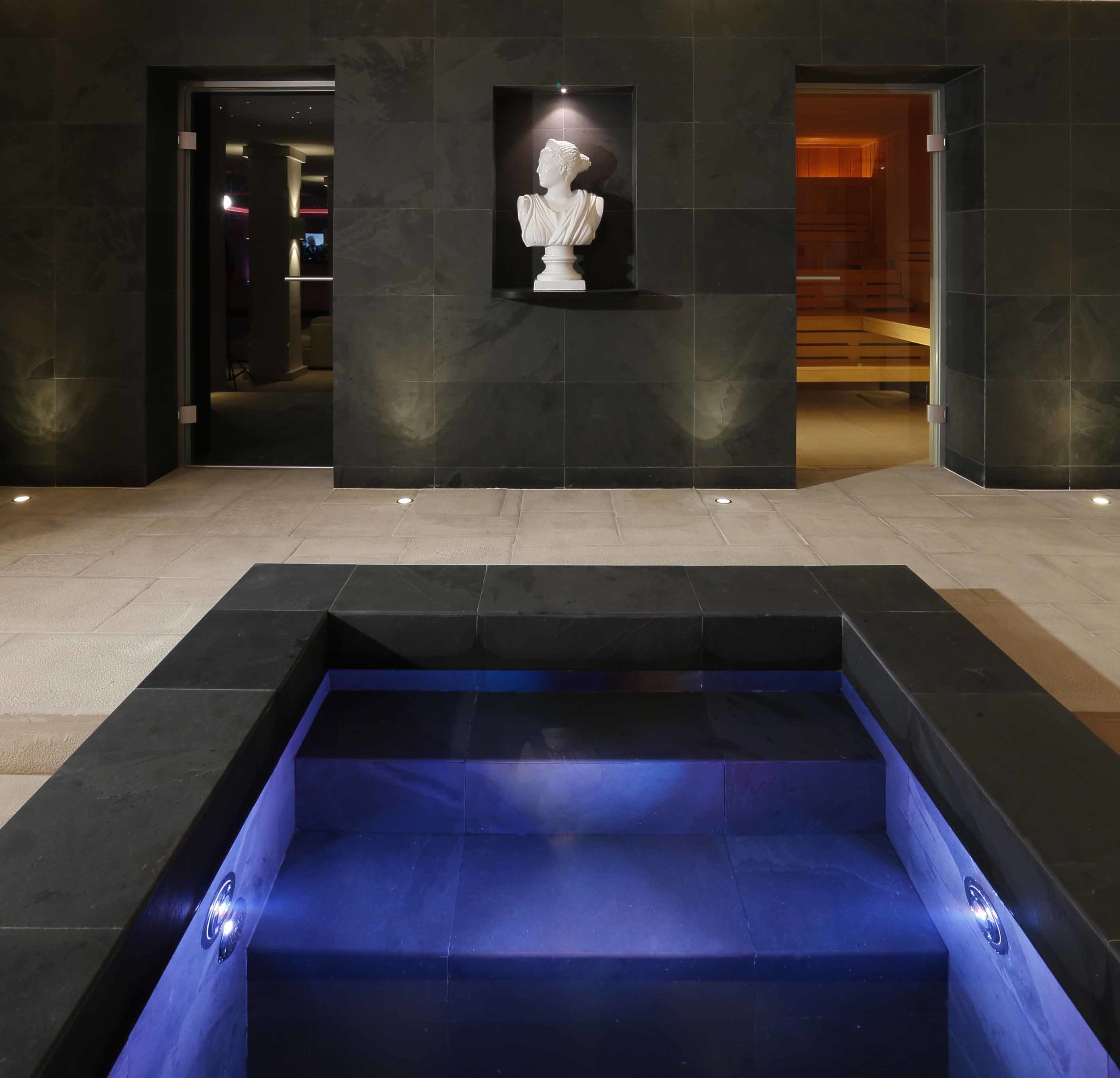Lighting
Lighting is one of the most powerful interior design tools available. It can change the atmosphere of a room at the touch of a button.
Introduce Homeplay to your project and bring your interior to life with our range of bespoke lighting products and services.
Lighting Design
For a lighting design to be successful it must be considered right at the beginning of your project. The more information you can provide us at this stage, in terms of room and furniture layout and the way you plan to use the room, the better your lighting will be.
Our designs are carefully considered, paying attention to the usage of the room, fixture placement, fixture selection, colour temperature, beam angle and method of control.
Detailed plans are provided in CAD, together with fixture schedules, wiring schematics, electrical loadings and everything required to allow us to work effectively with your build team. We’ll be on hand to assist all of the way - from the design stage through to the final setting of the scenes on your lighting control system.
Lighting Control
A good lighting design will normally include several independently controlled circuits, which when blended together at differing levels of intensity allow different lighting scenes to be created.
A lighting control system allows these scenes to be recalled at the touch of a clearly labelled button, without having to deal with a confusing row of rotary dimmers.
A well designed lighting control system makes it simple to gain control over even the most elaborate of lighting schemes, to achieve the perfect lighting for the desired activity.
BASIC vs LUXURY Lighting Design
Lighting is one of the most important aspects of your interior design scheme because, as well as illuminating a room, it can completely transform the look of a space for better or for worse. A good lighting design should add layers to a space; it can be used to highlight features, create zones and alter the perceived proportions of a room.
Task lighting is lighting that’s designed to help you accomplish a specific task. For example, in the kitchen you may want to illuminate the worktops to make cooking easier. Ambient lighting is the natural light from your windows and the lighting that substitutes for natural light. Ambient lighting should be evenly distributed and has the purpose of providing overall light to a room, allowing people to get around safely.
Accent lighting focuses light on a particular area or object, often to highlight pieces of art or other artefacts and creates visual interest to a room. All interior lighting should be without glare and bright enough to prevent eye strain. A combination of different lighting types will ensure that your living space is lit perfectly for any occasion.



